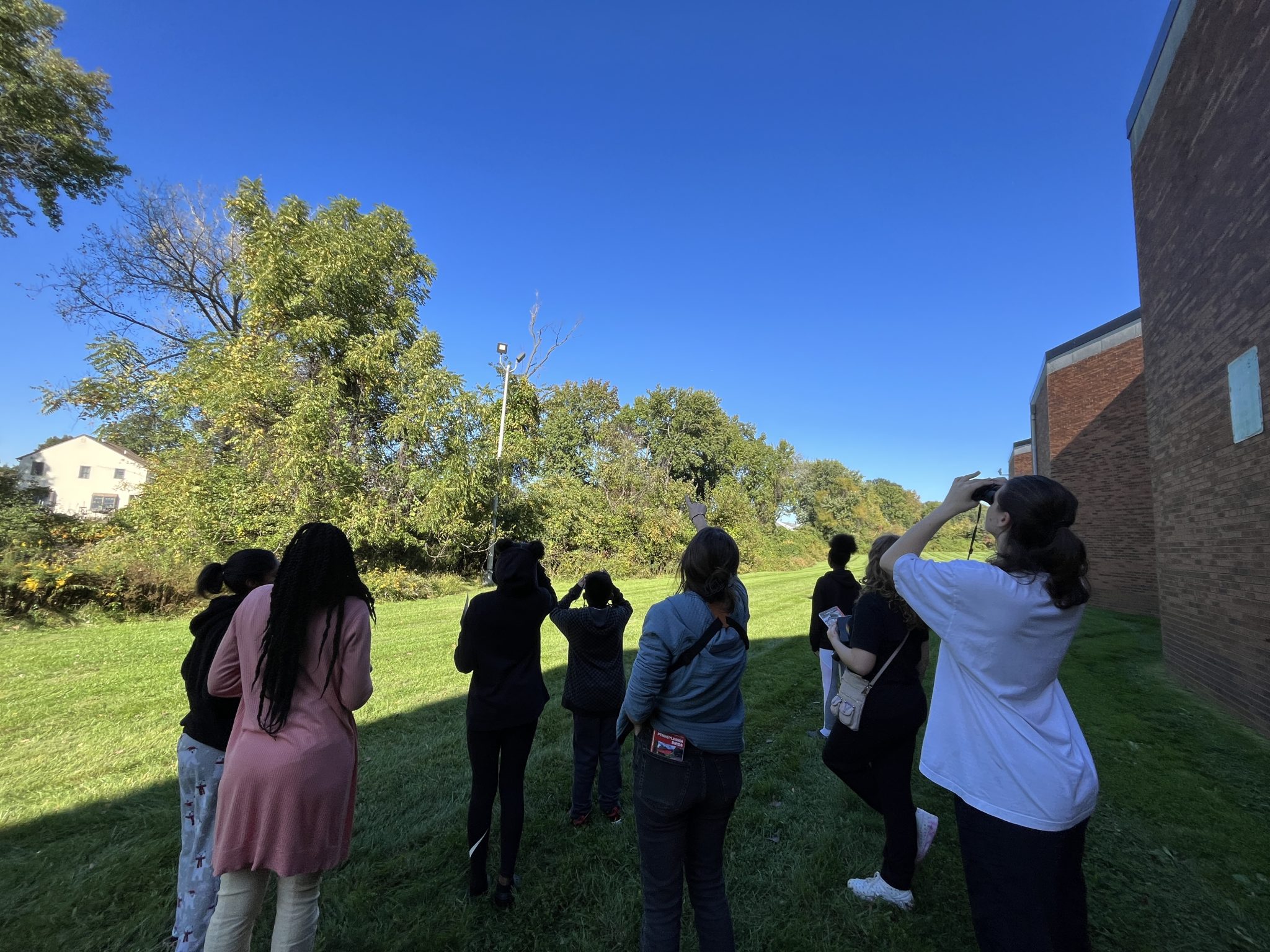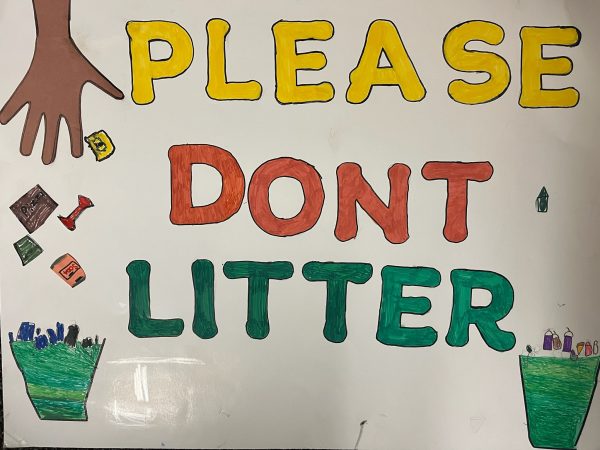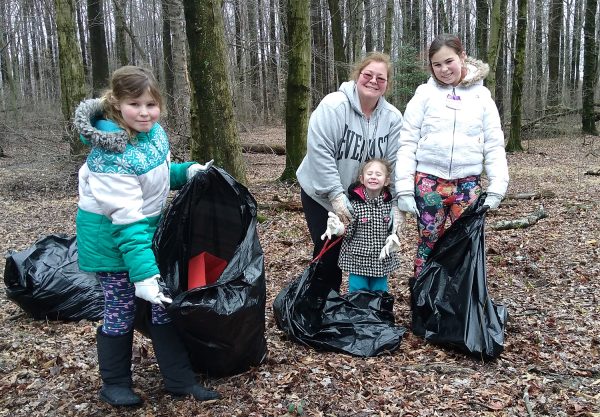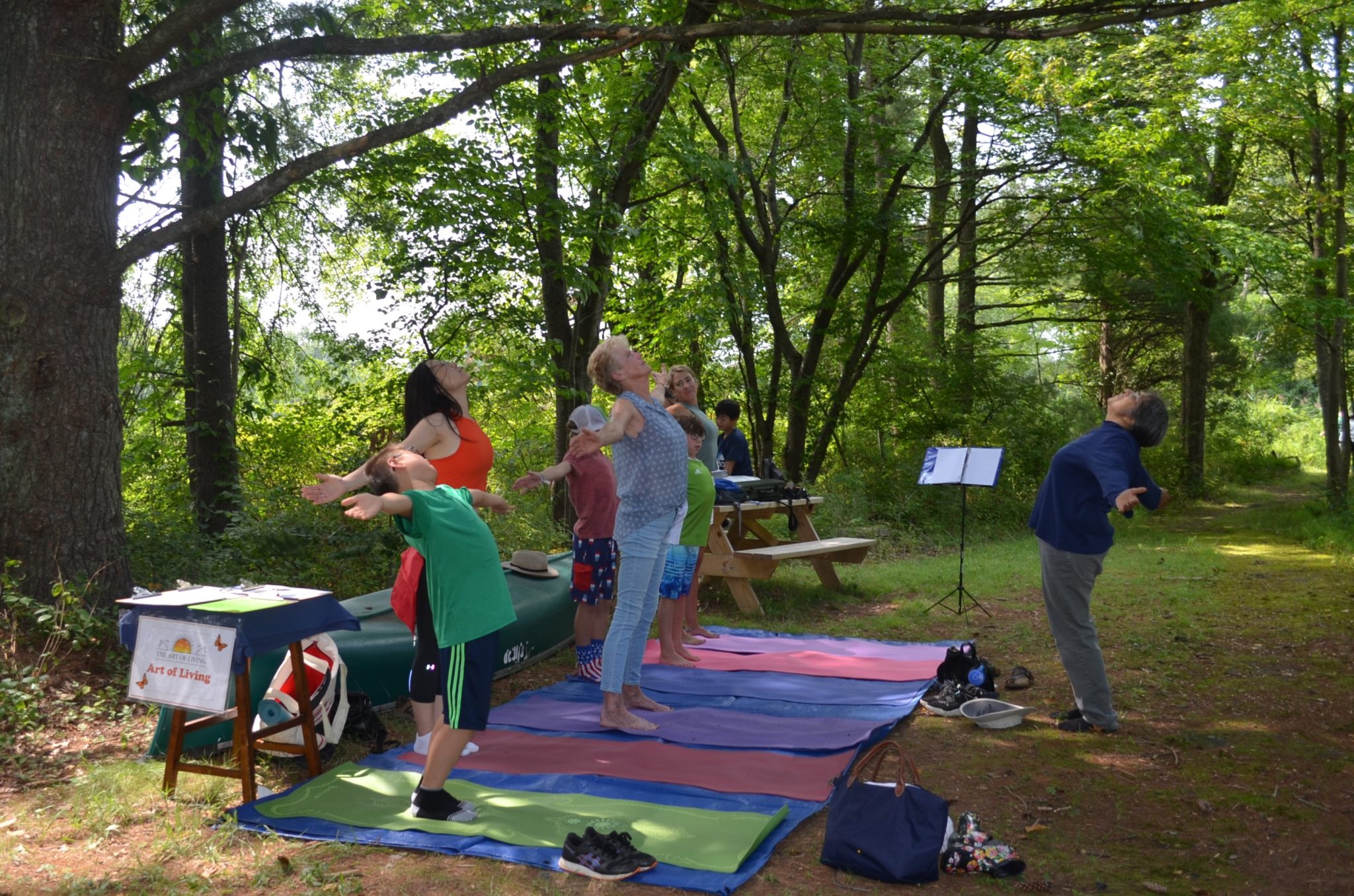The environmental challenges that we face across the globe are daunting and overwhelming for us as adults to navigate, I can only imagine how helpless kids may feel about some of it, so giving them tools and strategies on how to help in their little, but impactful ways can be so empowering!
I’ve personally used all of these ideas with my own two sons (7 and 11 years old), and I think anyone who has met them would say they are “nature kids” because they absorb all of this like little sponges. They have become such strong advocates for the planet we all share. Here are a few ideas and strategies I recommend, as a naturalist and as a mother.
1. Treat Every Day Like Earth Day
Remember that Earth Day is one day of the year and we live here the 364 other days of the year too! It’s important to try each day to do things that have a positive impact on the environment and to keep learning about the environment. Always turn off the lights when you leave the room. Drop the heat a degree and wear a sweater. If you build awareness and habits, then it becomes just a part of your life and leads to long-term change. If you do it right, you might even find yourselves celebrating on Earth Day for all you’ve accomplished over the year.

2 Connect with Nature and Learn About It
Our use of technology is driving many of us indoors. There is an entire movement around ensuring kids get outside and play outdoors. The research, the books, even the legislature surrounding it has been growing exponentially. Honestly, adults can benefit from a screen break too!
Enjoying hikes outdoors in your local park and even spending time in your own backyard are all great ways to help kids to connect with the living world around them. Beyond the amazing health benefits of spending time outside, it also helps to foster the eco-conscious mindset. The more we connect with nature and learn about plants and turn over rocks to discover a whole new world living underneath, the more we care about it.
Nature is also a wonderful place to be curious with your kids and learn alongside them! It’s cyclical: the more you know and learn, the more you care, the more you do to protect the planet, repeat. To start, feel free to visit one of Heritage Conservancy’s Nature Preserves.

3 Stop and Assess the 3Rs: Reduce, Reuse, Recycle
We’ve all heard of the “new” 3Rs, but the expression really gets tossed around without us stopping to think and assess our daily behaviors in each of those areas. We need to think more deeply about that and talk with our kids about the reality of those steps and how to implement them. Reduce. Reuse. Recycle. Stop and think in your life, are you just jumping straight to recycle? What about the first two Rs? Are you and your family actually reducing how much you buy or use?
You can also add a fourth R, which is easy for anyone of any age to do — Refuse. If you are asked if you want a straw at a restaurant or plastic silverware or a bag for your purchase, you can say no thank you.
4 Make A Birthday Box
A great motivator around birthdays and gift-giving holidays like Christmas is to have your kids assess their toys, books, clothes, and more and fill a box to donate. It not only helps them to think about what they actually want to use, but those items can then be recirculated into use by other people who may want them. Kids are hoping for more gifts, so they will have more room to put the new items away. And maybe when they ask for a certain something, they might start thinking about where it will go when there are finished with it.

5 Plant Native Plants to Support Pollinators
This is one of my personal favorites because it’s a great way to get kids to learn how to identify plants and it has so many amazing benefits for the environment. Plus, you can work with your kids on selecting plants that will attract certain types of wildlife to your yard, which is always exciting. Areas of any size, even planters, that are filled with native plants have positive impacts on the environment.
Planting native plants also helps to build kids’ understanding of life cycles and how animals rely on plants as the basis of the food chain and interconnectedness of food webs. It’s like a little scavenger hunt to then explore the leaves of the plants to see if you have any insects and especially caterpillars growing on them.
Caring for living things like plants also helps children to develop empathy and adds to the development of their sense of place. There is a variety of scientific research that highlights the importance of repeated positive outdoor experiences for young kids and what a critical factor it is in determining their long-term eco-conscious behaviors as adults!

6 Volunteer Together
Join in on any sort of cleanup event, tree planting, invasive plant project, community science initiatives, or other events. These are all great ways for the whole family to get involved throughout the year to help the planet! These can even be part of a school initiative. Kids of all ages are generally welcome at cleanups and other volunteer events. The youngest volunteer we ever had at Heritage Conservancy was a 2-year-old who helped on a trash cleanup with her mom and two older sisters.
7 Compost
Another great way to inspire eco-consciousness in kids is composting! It is fascinating to throw away vegetable and fruit scraps, then let them break down, the various decomposers turning back it back into rich soil. It’s much better than having food scraps end up in the landfill, and it might even encourage the kids to consume more fruits and vegetables! You can do this at home in your own yard, either in the open or in a tidy, inexpensive composter. It’s an easy thing for kids to help with, to add scraps to the countertop compost bin and then take it outside when it’s full.

Bonus Points
If you’re already doing a lot of these things, here are some other ideas.
- Try the thrift shop. Assess clothing and other choices and purchase more of what you need from second-hand stores.
- Eat a more plant-based diet. A simple Meatless Monday is a great way to start, especially if it is done with intention and information.
- Join the community science movement. Your observations in the woods and even in your backyard can contribute to science! Apps like iNaturalist make it easy to collect and share data.
- Take a five-senses hike. Stop to look closely at a flower, a tree, or an ant. Engage and report on what you experience with all your senses. (Be cautious with taste!)

Kids (like mine, above, pictured at Heritage Conservancy’s annual Pollinator Palooza event) are naturally curious and interested in interacting with nature, so fostering that by enjoying the outdoors and turning over rocks and logs to look for insects, salamanders, and more will help them to build that connection and relationship with the environment. The more they know the environment they are living in, the more they will care about it and carry that concern into adulthood. This is how change happens. Good luck!
Author Shannon Fredebaugh-Siller is Heritage Conservancy’s Community Engagement Programs Manager.
